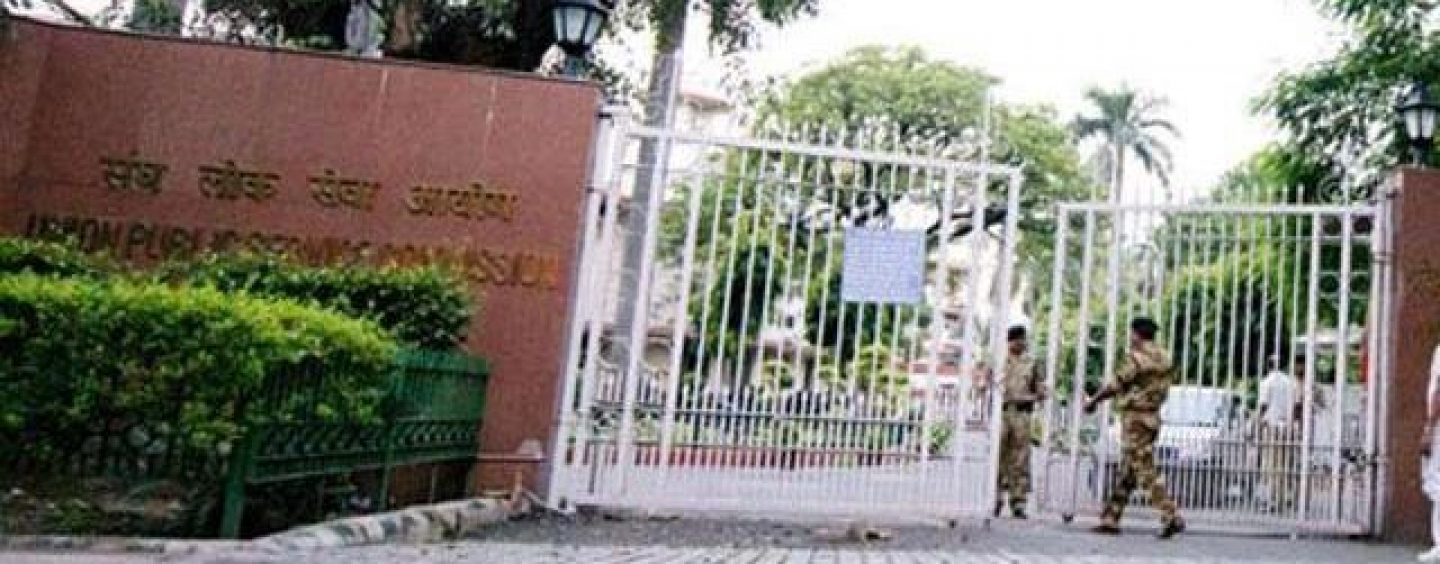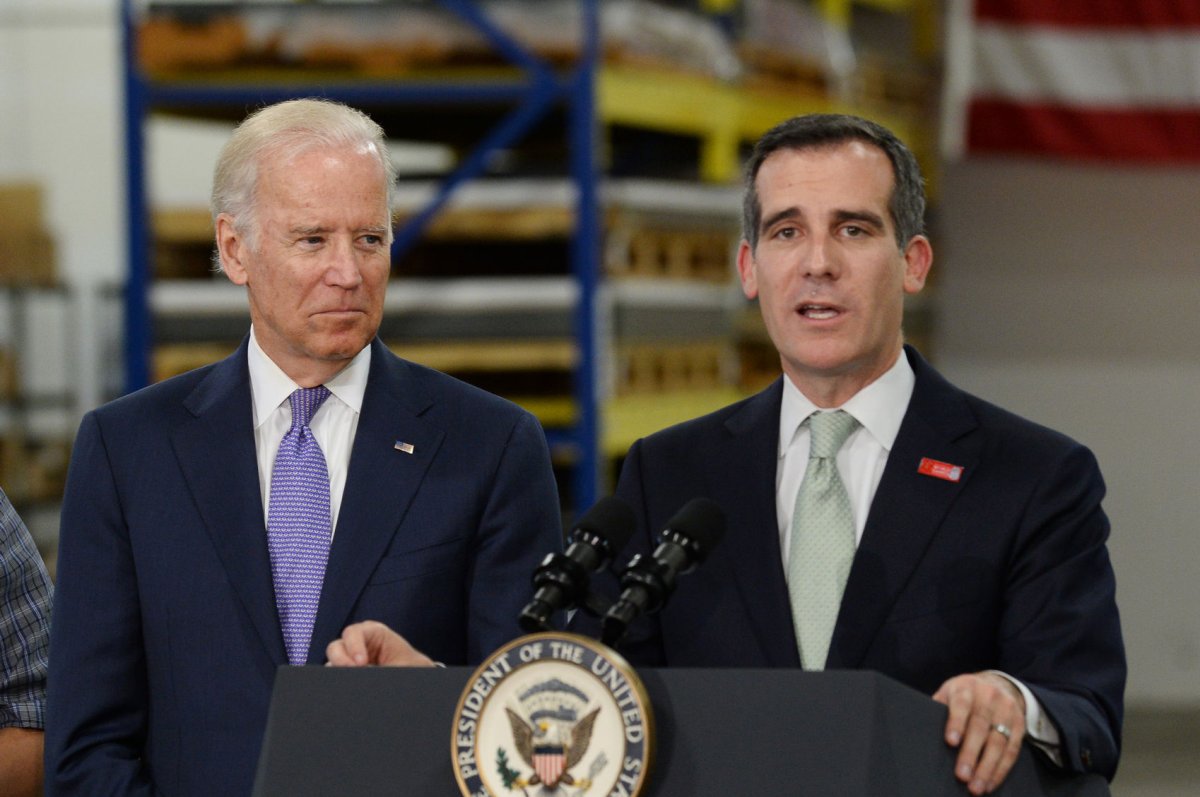By allowing overseas Indian Citizens to appear for UPSC exams, government could broaden the pool for recruitment
A recent government decision has the potential to blur the difference between public and private recruitment. All public recruitment agencies UPSC, Staff Selection Commission (SSC), Railway Recruitment Board (RRB), RBI, armed forces, paramilitary, public sector banks, public sector enterprises] will use the Ministry of Labor and Employment’s NCS (National Career Service) portal to disclose scores/rankings of candidates in the final stages of recruitment processes. Courtesy NIC, there will thus be an integrated information system for public recruitment agencies. This will have all the details about a candidate.
As a candidate, when I fill out an application form, I have the option of opting out of the disclosure scheme. If not, my data are there on the portal for other private and public sector agencies to use. As an applicant, I may have got through to final stages, but may not have been able to clear the last hurdle for whatever post I applied for. In that event, my data can be used by other recruiters. Take the railways. Not long ago, there was an announcement about a little more than 18,000 non-technical posts and more than nine million applied and were tested. (Sure, all 9 million don’t qualify for final stages, but that’s not relevant.) Subsequently, railways advertised for 2,54,587 non-technical posts. Within the public segment, there is a wealth of application and testing information and the private sector routinely complains about the lack of people with requisite skills. If an initiative matches excess demand in one with excess supply in the other, it can only improve the efficiency of the inter-mediating function.
Who is entitled to sit for the UPSC examination? I don’t mean academic eligibility, age, or number of attempts, but nationality. For the Indian Administrative Service (IAS ), Indian Police Service(IPS) or Indian Foreign Service (IFS), the candidate must be an Indian citizen. For other services, the candidate can be a citizen of Nepal, Bhutan, a Tibetan refugee (who migrated before January 1, 1962), or a person of Indian origin who has migrated from Pakistan, Burma, Sri Lanka, East African countries (Kenya, Uganda, Tanzania, Zambia, Malawi, Zaire, Ethiopia) or Vietnam with “the intention of permanently settling in India”.For non-Indians, the Government of India has to issue an eligibility certificate. This doesn’t necessarily have to be produced at the time of taking an examination, but must be produced before the appointment letter is issued. For public office and public appointments, all countries, India included, have a requirement that the person must be a citizen. There are several different ways to become an Indian citizen before the commencement of the Constitution, by birth, by descent, by registration (Section 5 of the Citizenship Act), by naturalization. “Intention of permanently settling in India” and the consequent “eligibility certificate” sound vague and discretionary and are often reflective of historical legacies. Public office and public appointments should have the requirement of being an Indian citizen, not only for IAS, IPS or IFS, but all services. When? At the time of taking the examination or time of is- suing the appointment letter? Since the Pravasi Bharatiya Divas in 2006 (and preceding amendment to Citizenship Act in 2005), there is a category known as overseas Citizen of India (OCI). The former PIO (person of Indian origin) system has gone.
OCIs have several privileges multiple entry, multi-purpose life long visas, exemption from foreigner registration requirements, parity with NRIs (except in the purchase of agricultural land and plantations). Progressively, there has been more liberalization parity in inter country adoption, domestic air fares, entry fees for wildlife sanctuaries (2007), employment, parity in entry fees to national monuments and museums (2009), easier proof of residence (2012). However, OCI doesn’t mean dual citizenship, at least not from an Indian perspective (the UK has a different view).
Therefore, there are three rights OCIs don’t possess today the right to vote, right to public office and right to public appointments. But given the distinction between taking an examination and the issue of an appointment letter, why shouldn’t OCIs be allowed to take UPSC exams? Logically, it is an appealing idea. If a person is selected, an appointment letter will be issued only after the existing citizenship has been renounced in favor of Indian citizenship. This is the kind of announcement that can be made at the Pravasi Bharati ya Divas in 2018.
Note that security clearances are necessary before any public appointment is made. So security concerns are non sequitur. If PoK or CoPoK (China occupied Pakistan occupied Kashmir) residents wish to take the UPSC examination, so be it. In the process, they will learn something about India. More seriously, Pakistan is outside the ambit of OCI. on occasion, there has been lateral entry into public service at senior levels by people who were PIOs, not NRIs. They renounced their existing citizenship and became Indian citizens. But these were isolated instances, on adhoc basis.
Lateral entry increases competition and the broader the catchment area, the better. It is unlikely that a large number of OCIs will wish to take UPSC exams. Given the nature of the exam, it is unlikely that many will qualify, even if they wish to. Even then, from the competition point of view, why not broaden the base? From the appointment point of view, becoming an Indian citizen and imbibing things Indian are easier at an age of 25 than they are at an age of 55. We have done it on adhoc basis at age 55. Let’s do it more systematically at an age of 25.
– Bibek Debroy (The writer is member, Niti Aayog. Views expressed are personal)








 OpinionExpress.In
OpinionExpress.In















Comments (0)